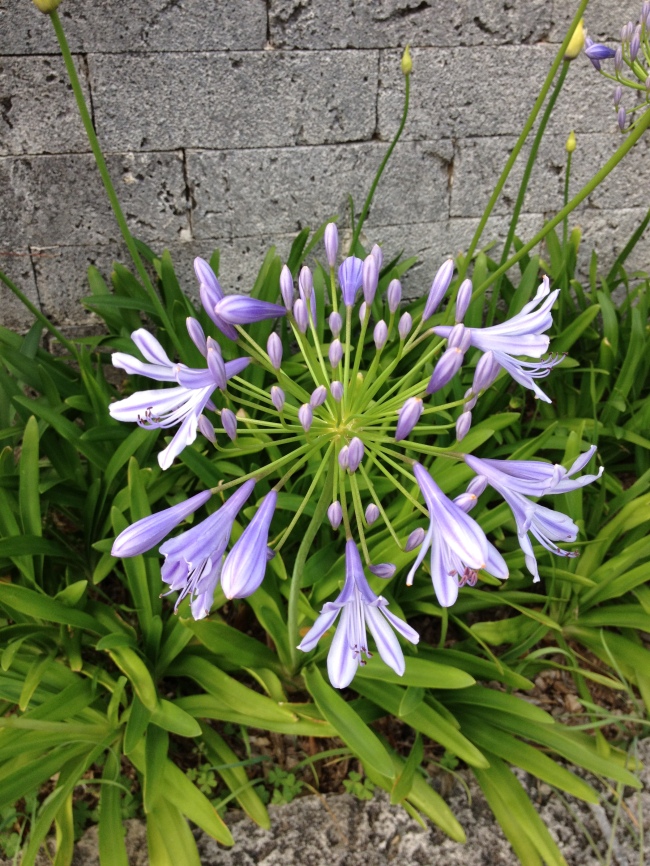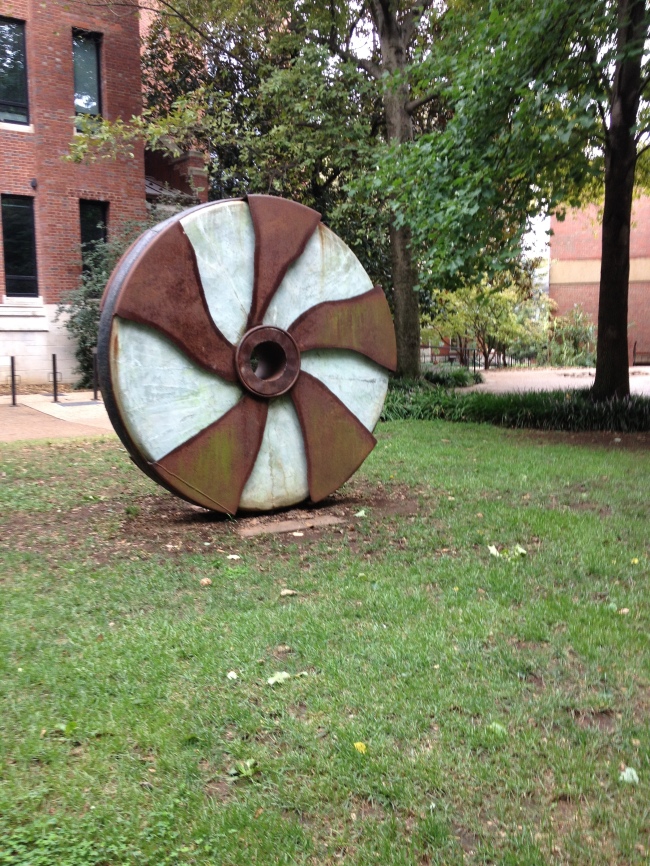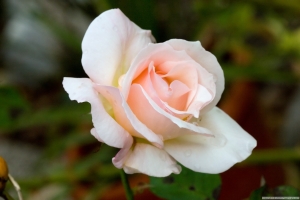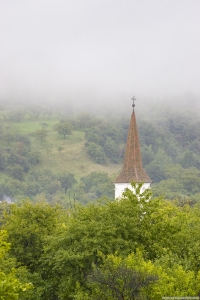FOLLOWING YOUR INTUITION
This summer, I went out to Northern California to attend a silent retreat for a week at the Spirit Rock Center. There was a lot of guffawing from friends and family back East, about me being silent for a whole week. I am a talker! A shamelessly fast talking flamboyant one at that….at times. But I wanted to deepen my daily meditation practice, shake off the daily dust that was gumming up the works in my mind. 
Have you ever had that experience with records (yes, I’m dating myself), where something almost invisible to the naked eye gets caught in the grooves, the needle gets stuck, and you keep hearing the same few lines again and again? Well, the daily little things of life were like those mites, stanching the flow of my inner voice, so I was only hearing it in bits and pieces. Hard to trust a voice with the annoying habit of repeating itself mid-sentence, with occasional volume amplification.
There were some persistent “gut feelings” I had been experiencing regarding major decisions on a particular work issue and the direction of a couple of close relationships. And it should be noted that I am an intuitive type, who has often acted on the sheer intensity of my perceptions. Still I wasn’t clear on how to respond.
In other words, I wasn’t sure if I could trust my intuition. I mean, what is intuition exactly? Carl Jung said that intuition was “perception via the unconscious.” He called it the right-brained ability to understand something immediately without the need for conscious reasoning (left-brained activity).
Checking one half of your brain at the door while making some of life’s most important decisions doesn’t seem, well, logical, right?
Well, not so fast. This is only partially correct. They are different ways to know things and many kinds of knowledge. The knowing I was seeking was not why moths are attracted to light or why is it that my washing machine is shrinking everything lately, but self-knowledge and perhaps with that, wisdom.
All the great spiritual traditions, as well as the latest findings in the areas of neuroscience, have consistently demonstrated that awakenings or the ability to “see” clearly, occur during long periods of meditation and consistent daily meditation over a long period of time.
Thomas Merton, a 20th century Contemplative who sought to bridge Western and Eastern philosophies, said, “Without realizing it, life without (daily) meditation desensitizes us so that we can no longer perceive grace, listen to our inner voice, or receive intuition.”
After about day 3 into my retreat, sitting and walking and working in silence, my own innate capacity to glean right action was reawakened, reactivated. Through the task of ‘just’ being present in every moment (simple but not easy), clarity bubbled up naturally, without effort. The solutions I had struggled for meant great change and serious vulnerability for me. (Perhaps this was part of the reason for my reticence in looking deeply?)
This is what I “know.” We all have this intrinsic ability. While we learn much about the world around us by others, this we discover experientially. Intuition is a combination of empirical data and a heightened sense of observation. And while speculation and deduction have vital roles in many of our everyday decision making process, so does intuition.
Abella Arthur said, “Intuition is like a slow motion machine that captures data instantaneously and hits you like a ton of bricks”. She called it, “Cutting through the thickness of surface reality.” It is the Sherlock Holmes approach to mindfulness. Others can share their opinions or guide us, and they can be valuable. Yet we do have the ability to know valid solutions to problems and decision-making. Our direct intuition will rarely fail us if we are tapping into a reservoir of experience combined with a conscious awareness. Trust yourself.
In the words of the ancient Chinese philosopher Lao Tzu (6th BCE), “At the center of your being you have the answer; you know who you are and you know what you want.”









